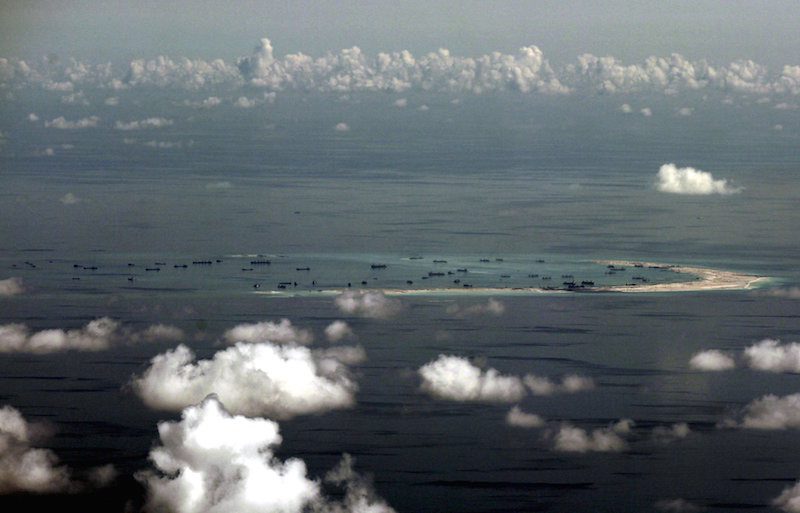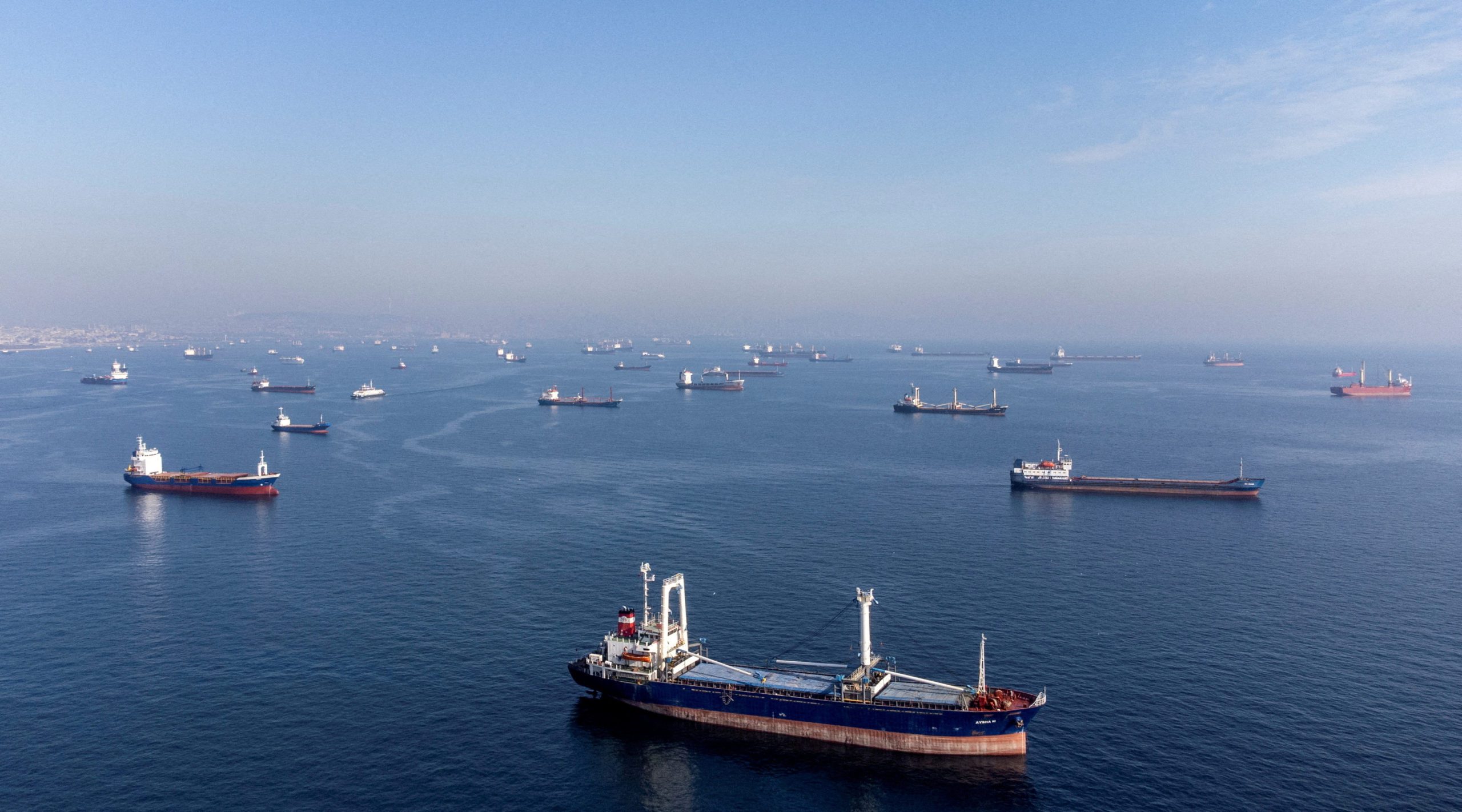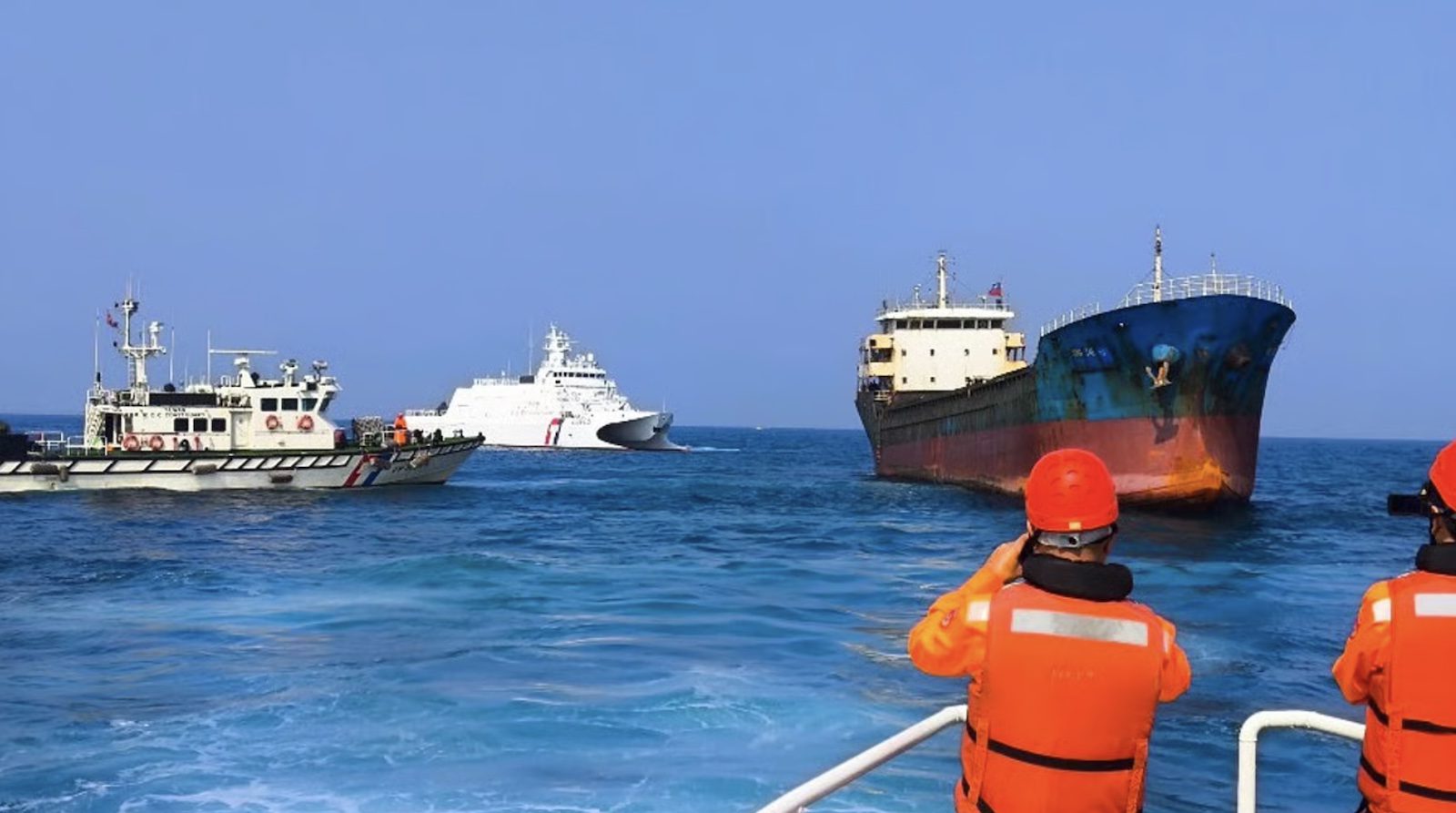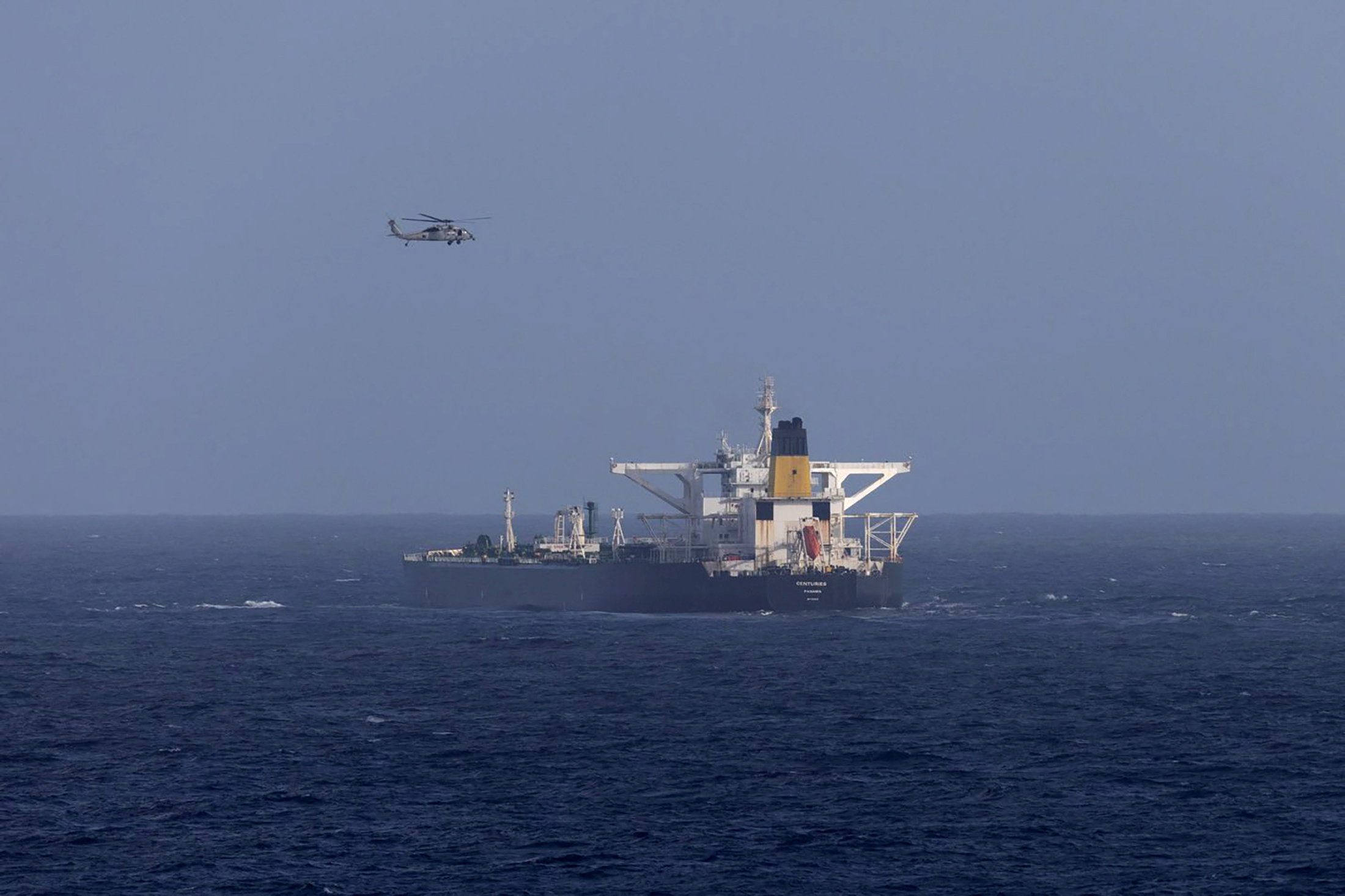An aerial photo shows the alleged on-going land reclamation by China on mischief reef in the Spratly Islands in the South China Sea, west of Palawan, Philippines, in this May 11, 2015 file photo. REUTERS/Ritchie B. Tongo/Pool/Files
 By Jonathan Saul and Jacob Gronholt-Pedersen
By Jonathan Saul and Jacob Gronholt-Pedersen
LONDON/SINGAPORE, Jan 15 (Reuters) – China’s growing military presence in the South China Sea has drawn warnings from the United States that Beijing is seeking to exert control over one of the world’s most important sea lanes, but so far the shipping industry seems less concerned.
Beijing has been increasingly assertive in staking its claim to almost the whole of the sea, though which trillions of dollars of trade passes each year.
This month China landed its first test flights on a new 3,000 meter (10,000 ft) runway it has built on a reef in the Spratly Islands, drawing protests from Vietnam and the Philippines which have overlapping claims in the area.
Despite the diplomatic tensions, merchant shipping says operations are, as yet, unaffected.
“For ship owners, it’s business as usual,” said Captain Bjorn Hojgaard, chief executive officer at Anglo-Eastern Univan Group, one of the world’s biggest ship management companies.
“From our point of view, it’s just another military base. It’s only politics, commercially it makes no difference.”
The deep waters of the South China Basin between the Spratly and also-disputed Paracel Islands are the most direct shipping lane between northeast Asia’s industrial hubs of China, Japan and South Korea and Europe and the Middle East.
The geography of the region offers few economically viable alternative routes for large oil tankers, dry-bulk ships and container vessels.
Reuters shipping data shows that, counting just Very Large Crude Carrier (VLCC) super-tankers, some 25 VLCCs are passing between the Spratly and Paracel islands at any time, with enough capacity to carry the equivalent of about 11 days’ worth of Japanese demand.
The U.S. military, which remains by far the most powerful naval force in the region, has warned that Beijing is seeking to establish a level of de facto control over the South China Sea that threatens freedom of navigation for international shipping.
Speaking to reporters aboard a U.S. aircraft carrier in Japan last week, Vice Admiral Joseph Aucoin, commander of the U.S. Seventh Fleet, said that already merchant shippers “are kind of using China national rules for international (navigation)” in the sea.
Admiral Scott Swift, commander of the U.S. Pacific Fleet, had said in December that ships nearby these islands were now “subject to superfluous warnings that threaten routine commercial and military operations.”
Chinese President Xi Jinping said in November that freedom of navigation for shipping would never be a problem in the South China Sea.
SABRE-RATTLING?
Tensions in the South China Sea have risen over the last year as China has stepped up construction and reclamation to create man-made islands on reefs and atolls it controls.
“It seems that the new strategically located islands reportedly constructed by China would give China more security leeway in the disputed waters and make it difficult for other forces to assert sea control,” said Jonathan Moss, head of transport at law firm DWF, who acts for insurers and shipping companies.
Michael Frodl, of the U.S.-based consultancy C-Level Global Risks, said China’s goal was to use “air power to project into the waters” around the artificial islands.
So far, however, there are few signs that the commercial shipping is being affected.
“Ships have the right of free passage… and even if China does eventually take over the South China Sea, this shouldn’t affect the passage of merchant ships,” said Arthur Bowring, managing director of the Hong Kong Shipowners’ Association, whose members operate or manage about 8 percent of the global merchant fleet.
Khalid Hashim, managing director of Precious Shipping , one of Thailand’s largest dry cargo ship owners, said that “despite all the saber-rattling by the USA” shipping activity in the South China Sea remained normal.
“I don’t think the current tensions will escalate any further,” he said, adding that the region’s shipping lanes were too important for China’s economy to be disrupted.
Ship insurers also said had been no impact on the region’s trading.
Simon Lockwood, deputy managing director of marine at leading global insurance broker Willis Towers Watson, said the South China Sea area was not listed as a high risk area by the industry’s influential Lloyd’s Joint War Committee, which underwiters follow closely.
“And as such insurers will not (and cannot) charge additional premiums for vessels operating in the region,” Lockwood said.
The 2014 “Sailing Directions” for the South China Sea produced by the U.S. National Geospatial-Intelligence Agency gives extensive details on the Spratlys.
It declares some 52,000 sq miles (135,000 sq km) as “Dangerous Ground” due to inadequate surveys and bad weather. It also notes that sovereignty in the area is “subject to competing claims which may be supported by a force of arms.”
Some shippers believe a greater Chinese presence could actually improve safety.
“At the moment Hong Kong, with helicopters and fixed wing aircraft, has the responsibility for co-ordinating search-and-rescue activities in much of the South China Sea,” one shipper in Singapore said.
“If China is to base search-and-rescue assets on the (disputed) islands then there would potentially be faster response times, improving the chances of rescue and survival.”
(Additional reporting by Keith Wallis in SINGAPORE and Timothy Kelly in TOKYO; Writing by Henning Gloystein; Editing by Alex Richardson)
(c) Copyright Thomson Reuters 2016.

 Join The Club
Join The Club











